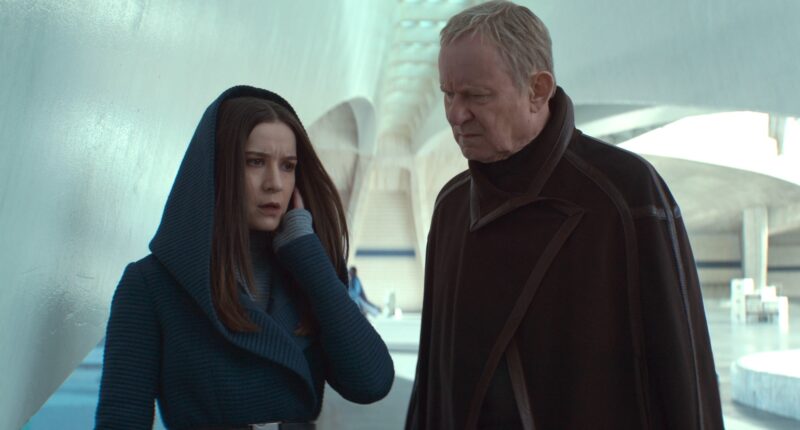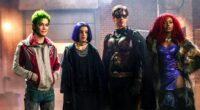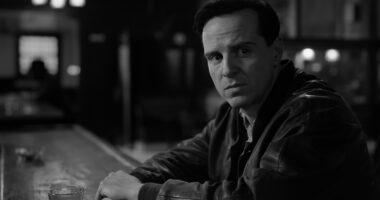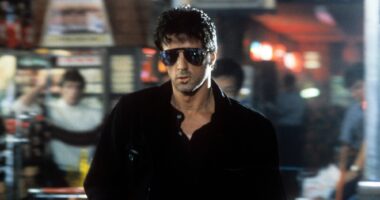Whether by fluke or (absolutely obvious) design, Andor is a series made of its moment, and it marks the first time the Star Wars brand has contributed something fresh and engaged with the cultural zeitgeist since George Lucas hung up his lightsabers 20 years ago.
To be clear, this is in no means to say that Gilroy’s series is the most popular thing Disney has made in the Star Wars sandbox. Not even a full decade ago, Star Wars: The Force Awakens grossed over $2 billion worldwide. And as fetching as Diego Luna and Adria Arjona are, we doubt their likenesses will move nearly as many dolls as Grogu, a pint-sized mascot that fans simply knew for years as “Baby Yoda.”
And yet, that same Yoda resemblance is also a reminder of how so much of Disney’s Star Wars is built solely off reminding you of movies that are approaching their 50th birthdays. It was even initially sold as a feature instead of a bug when Adam Driver stared covetously at Darth Vader’s helmet—at least until audiences realized that such worshipfulness didn’t add up to much more than a fanboy’s fixation on the past.
Whereas the original Star Wars trilogy represented a synthesis of every film, serial, and pulp novel that captured a young George Lucas’ fancy once upon a time, the only thing modern Star Wars has seemed content with conversing with is… more Star Wars from a long, long time ago. The approach led to massive financial success, especially as a few filmmakers attempted to color outside the lines, but ever since the online backlash toward Star Wars: The Last Jedi seven years ago, the franchise has simply settled for reliving past glory days—and thus having nothing particularly interesting to contribute to today beyond echoing when James Earl Jones purred, “No, I am your father” or endless homages to Harrison Ford’s scoundrel smirk and John Williams’ imperial march.
Perhaps the one exception in the modern era that proved partially impervious to this critique was the film from which Andor sprang: Rogue One: A Star Wars Story. That movie is ostensibly directed by Gareth Edwards, but was largely rewritten and restructured by Gilroy. And that structure was based on what the Michael Clayton scribe called “a Battle of Britain” sensibility. By this he meant a sense of genuine RAF-inspired sacrifice during the UK’s darkest hour in the Second World War. He recalled better than most that Lucas leaned heavily on WWII melodramas of the 1940s and ‘50s for inspiration while making the original Star Wars, but Gilroy went beyond that and actually remolded Rogue One around actual wartime espionage and subterfuge.
That film is certainly far from perfect, having the fingerprints of a picture that was tinkered with extensively in post-production. (By several accounts, Gilroy reshot more than a third of the picture and added the tragic bent that pervades the finished film.) It also is still dripping with fan-servicing nostalgia, including when Darth Vader shows up long enough to eviscerate some ‘70s-clad rebels. But it worked well enough in 2016 and works even better in 2025 after Andor smoothed out the rough edges by giving gravity and context to Luna’s broadly sketched rebel assassin, as well as to the entire political and logistical infrastructure of a Rebel Alliance that, previously, were simply “the good guys.”








